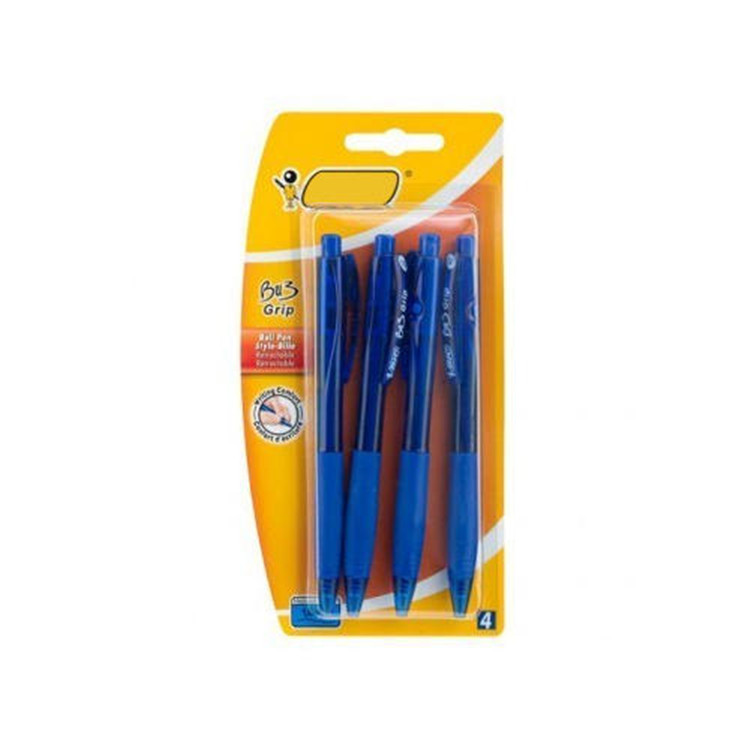Customize in HARMONY
To learn more about HPP
Face seal blister packaging is a widely used form of packaging that provides several advantages and disadvantages. This article aims to explore these advantages and disadvantages, offering a unique perspective on this packaging method.

One of the significant advantages of face seal blister packaging is its ability to showcase the product effectively. The transparent plastic material allows consumers to view the product before making a purchase, creating a sense of trust and transparency. This visual appeal can attract potential customers and increase the chances of a sale.
Another advantage of face seal blister packaging is its durability. The plastic material used in this packaging method is typically sturdy and resistant to external factors such as moisture, dust, and physical damage. This durability ensures that the product remains intact and protected throughout the supply chain, reducing the risk of damage or spoilage.Additionally, face seal blister packaging is often tamper-evident. This means that any signs of tampering or opening become visible, providing consumers with assurance regarding the product's safety and integrity. This feature is particularly essential in industries where product safety is a primary concern, such as pharmaceuticals or food.
One of the notable disadvantages of face seal blister packaging is its environmental impact. The plastic material used in this packaging is generally non-biodegradable and can take hundreds of years to degrade. This has led to concerns about plastic pollution and its impact on the environment. Manufacturers and consumers must be mindful of recycling and waste management practices to reduce the environmental footprint of face seal blister packaging.
Another disadvantage is the difficulty of opening the package. While the tamper-evident feature enhances product safety, it can also make it challenging for consumers to open the packaging. This frustration may result in negative consumer experiences and could even deter potential customers from purchasing the product. Manufacturers should consider incorporating easier opening mechanisms without compromising product security.Furthermore, face seal blister packaging can be costly to produce. The process of heat-sealing the blister onto the backing card requires specialized equipment and materials, adding to the overall production expenses. This increased cost could potentially affect the retail price of the product, making it less competitive compared to similar products with alternative packaging methods.
In conclusion, face seal blister packaging has both advantages and disadvantages. Its transparent and durable nature allows for effective product showcasing and protection. However, environmental concerns, difficulty in package opening, and higher production costs should also be considered. As packaging trends evolve and environmental consciousness increases, it is crucial for manufacturers to explore innovative and sustainable packaging options. Only through continuous assessment and adaptation can the advantages of face seal blister packaging be optimized while mitigating its disadvantages.